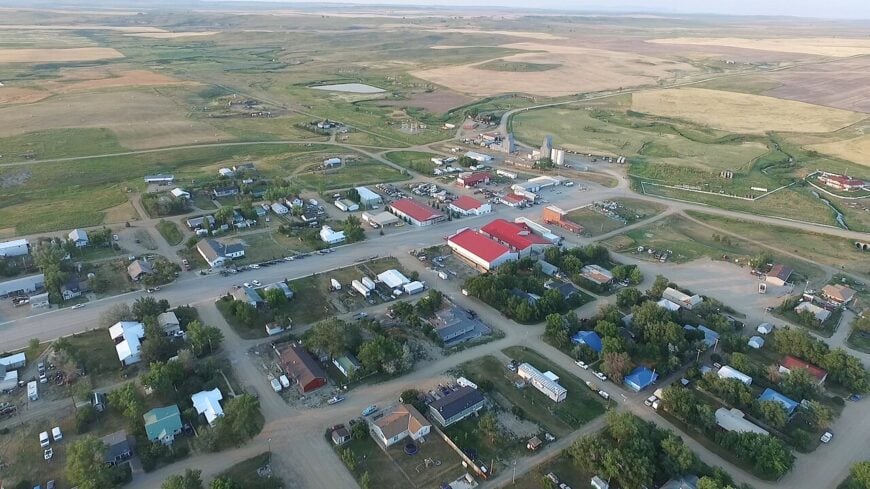
Tucked into the slow folds of central Montana, the Missouri Breaks is less a place than a feeling—of silence stretching across grasslands, of canyons giving way to light, of rivers carving memory into the earth. This is where the land fractures gently into badlands and buttes, a geographic sigh before the plains level again.
Here, towns like Denton and Winifred aren’t just dots on a map—they’re end-of-the-road sanctuaries with more sky than skyline, where the daily pace is dictated by wheat harvests and wind patterns.
The “Breaks” refer to the broken, rugged terrain lining the upper Missouri River, where the ground seems to buckle and erode in slow motion. It’s a landscape that resisted settlement, which is precisely why it’s still intact—untamed, breathtaking, and quietly luring. The towns scattered here aren’t tourist darlings. They don’t try to be. But for those seeking solitude with backbone, and a view that doesn’t ask for attention but commands it, this region is a map of whispered places.
In this roundup, we follow gravel roads and river cuts to 10 of the most secluded towns in Montana’s Missouri Breaks. These aren’t just places to pass through—they’re places to exhale.
10. Denton: Small-Town Seclusion
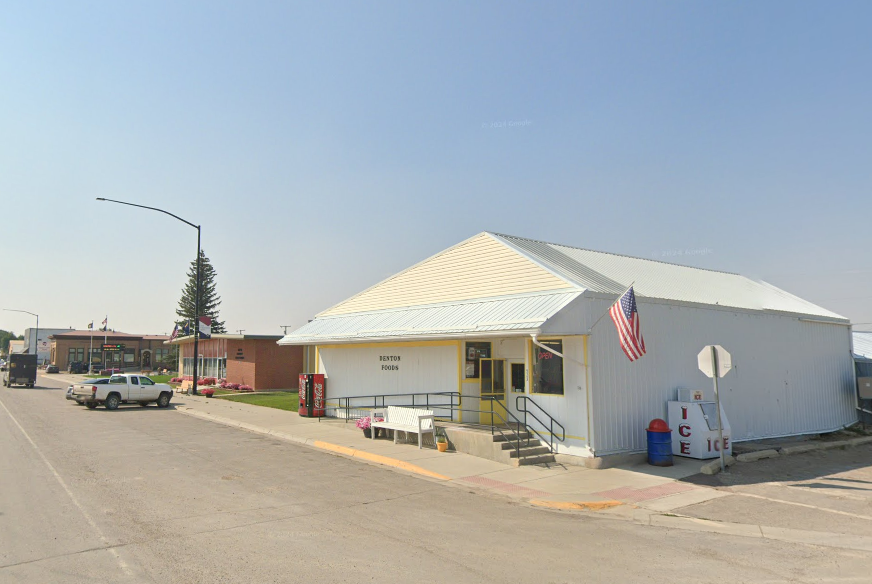
With a population of around 250 residents, Denton embodies the essence of small-town seclusion in Montana’s heartland. Surrounded by sprawling wheat fields and rolling plains, this quiet community offers a peaceful retreat where agriculture is the lifeblood of daily life.
Visitors can explore the Denton Depot Museum, a nod to the town’s railway heritage, or take leisurely hikes amidst the vast landscapes that stretch to the horizon. The main industries here revolve around farming and ranching, contributing to the town’s rustic charm and close-knit atmosphere.
What makes Denton truly secluded is its distance from major highways and urban centers, allowing for a slow-paced lifestyle that’s hard to find elsewhere. It’s a place where neighbors know each other by name, and the simplicity of rural living is cherished.
Where is Denton?
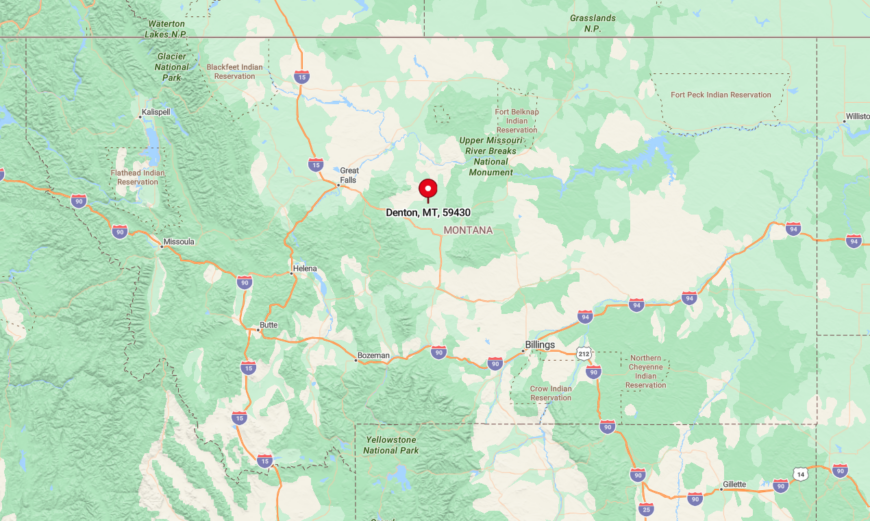
Located in central Montana, Denton sits approximately 40 miles northwest of Lewistown. Its seclusion is amplified by the vast agricultural lands that envelop the town, creating natural barriers from the outside world.
To get there, travelers can drive along State Highway 81, enjoying scenic views of the prairie along the way. The town’s remoteness offers a tranquil escape, making it an ideal destination for those seeking solitude amidst Montana’s expansive landscapes.
9. Fort Peck Vicinity: Lakeside Solitude

Nestled beside the massive Fort Peck Lake, the town of Fort Peck and its surrounding areas offer serene lakeside solitude that’s unmatched. With a small population of about 200 residents, it’s a haven for those looking to immerse themselves in nature.
Visitors can enjoy fishing, boating, and wildlife viewing in the expansive Charles M. Russell National Wildlife Refuge that encompasses the lake. The main industries here center around tourism and conservation, supporting the preservation of the area’s pristine environment.
The low-density housing and vast open spaces contribute to a profound sense of isolation, ideal for anyone wanting to disconnect from the bustle of daily life. The seclusion is further enhanced by the undisturbed landscapes that stretch as far as the eye can see, providing a peaceful backdrop for outdoor enthusiasts.
Where is Fort Peck Vicinity?
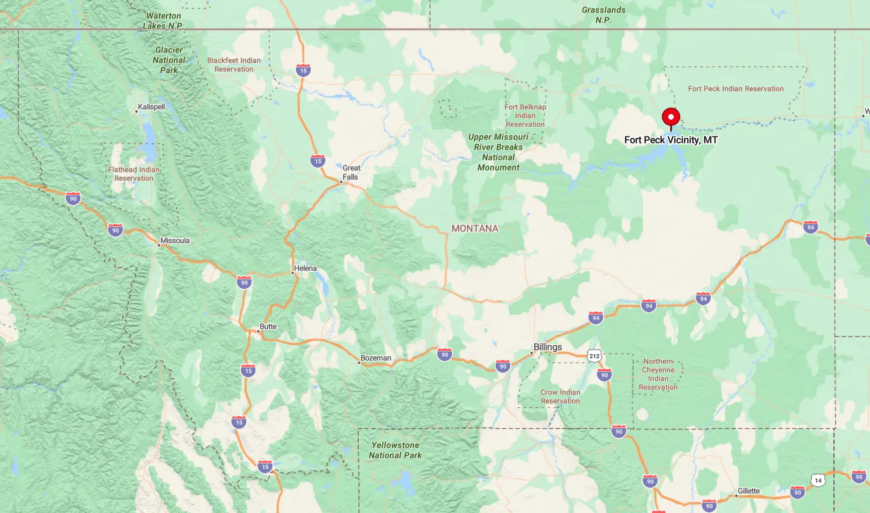
Fort Peck is located in northeastern Montana, along the Missouri River, about 20 miles southeast of Glasgow. Its remote location is accentuated by the vast expanses of Fort Peck Lake and surrounding wilderness areas.
Getting there involves a scenic drive along Highway 24, which winds through rolling hills and open prairies. The town’s distance from major urban centers makes it a secluded gem, perfect for those seeking lakeside tranquility in the heart of Montana’s wild landscapes.
8. Square Butte: Under the Shadow of Monoliths
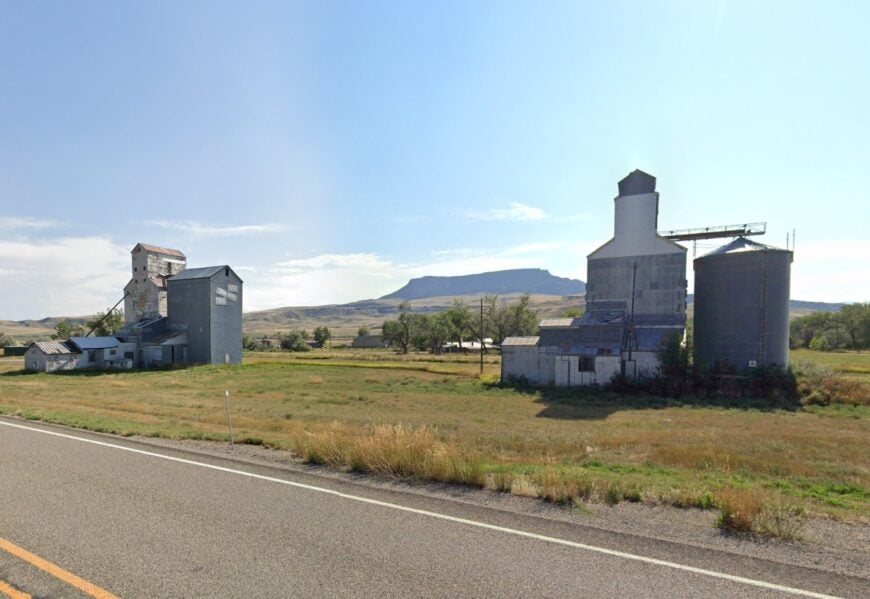
Tucked away near the base of towering sandstone formations, the tiny community of Square Butte offers seclusion beneath dramatic natural backdrops.
With a population that barely reaches double digits, it’s an artist’s and photographer’s paradise, providing stunning vistas of the iconic buttes that rise prominently from the plains.
Outdoor enthusiasts can explore the surrounding areas, hike among the buttes, or simply soak in the serene environment that defines this quiet corner of Montana. The primary industries are ranching and agriculture, maintaining the rustic and untouched character of the region.
Square Butte’s remoteness is accentuated by the absence of bustling activities, allowing visitors to experience the profound silence and beauty of the natural landscape. This seclusion makes it an ideal spot for those yearning to escape into Montana’s rugged wilderness.
Where is Square Butte?
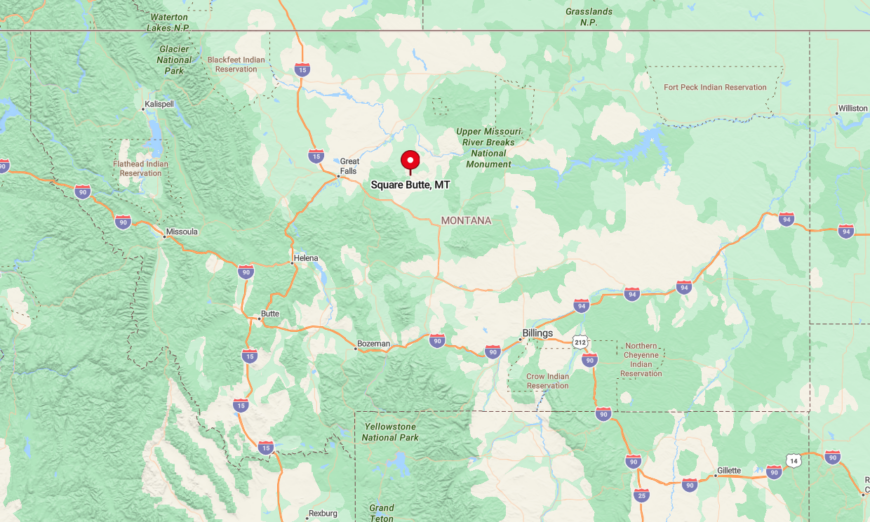
Square Butte is located in central Montana, about 50 miles east of Great Falls. Nestled off the beaten path, the community is surrounded by vast stretches of open land and characteristic buttes that give it its name.
Accessing Square Butte involves driving along rural roads, primarily via State Highway 80, followed by unpaved county roads that lead to the village. The town’s isolation, combined with its dramatic geological features, creates a sense of stepping back in time to an untouched Montana landscape.
7. Loma: Junction of Serenity
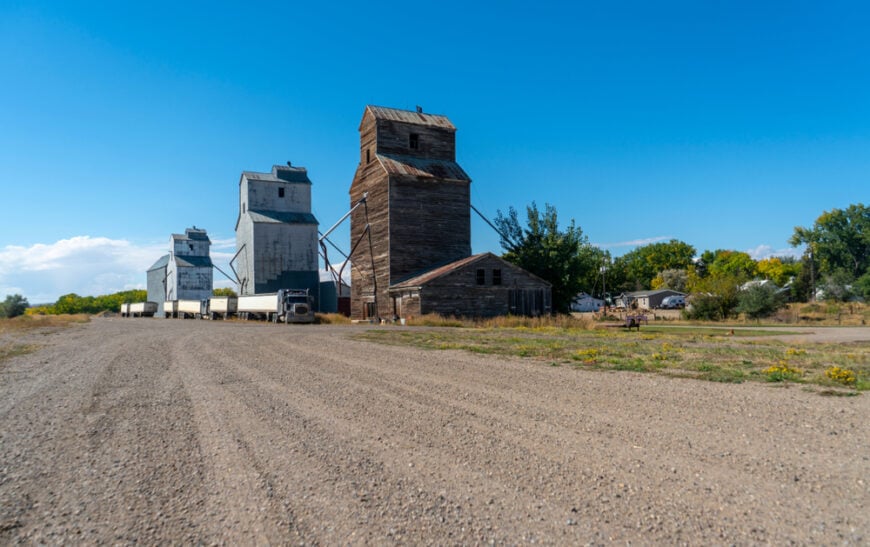
At the peaceful junction where the Missouri and Marias Rivers meet lies the small community of Loma, home to approximately 85 residents. This tranquil spot is ideal for fishing, canoeing, and wildlife watching along the riverbanks.
The town’s rural setting provides ample opportunities to explore the scenic countryside, whether by foot, bike, or boat. Agriculture plays a significant role in the local economy, with vast fields and ranches defining the landscape.
Loma’s seclusion comes from its location amidst open spaces and waterways, far from the noise and rush of city life. This serene environment offers a quiet retreat where nature and simplicity take center stage.
Where is Loma?
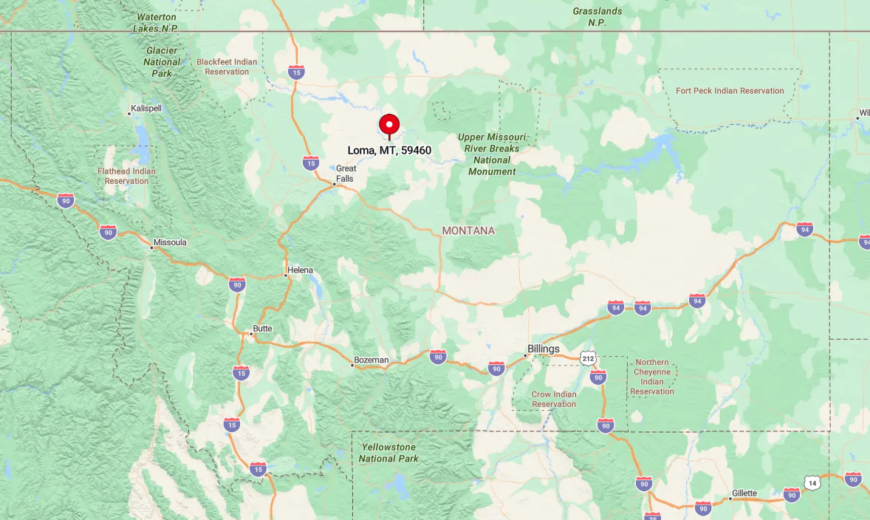
Located in north-central Montana, Loma sits about 12 miles northeast of Fort Benton along U.S. Route 87. Its secluded charm is enhanced by the surrounding prairies and the convergence of two significant rivers, making it feel like a hidden oasis.
Travelers can reach Loma by following scenic highways that wind through Montana’s expansive countryside. The town’s remote setting at the river junction provides a unique and peaceful destination for those seeking solitude in a rural landscape.
6. Judith Landing: Remote Missouri River Crossing
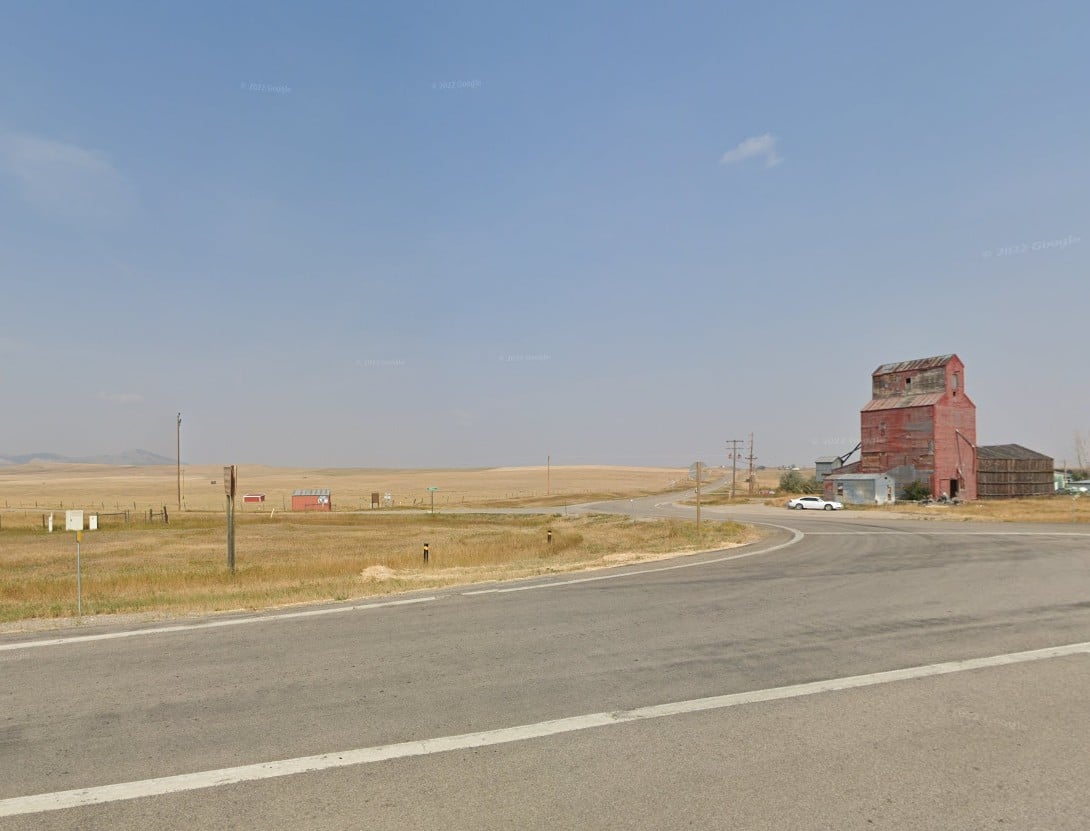
Judith Landing is a secluded historic site along the Missouri River where the Judith River meets the Missouri, offering pure isolation amid untouched landscapes. While it isn’t a town in the traditional sense, it’s a significant spot for those seeking solitude and a connection with Montana’s frontier past.
The area provides opportunities for camping, fishing, and launching river trips into the Upper Missouri River Breaks National Monument. With practically no permanent residents, the ‘community’ thrives on the natural beauty and historical significance of the location.
The absence of industry and development adds to its seclusion, allowing visitors to immerse themselves in the stark beauty of the surrounding wilderness. Judith Landing is a haven for adventurers looking to experience the unspoiled grandeur of Montana’s river valleys.
Where is Judith Landing?
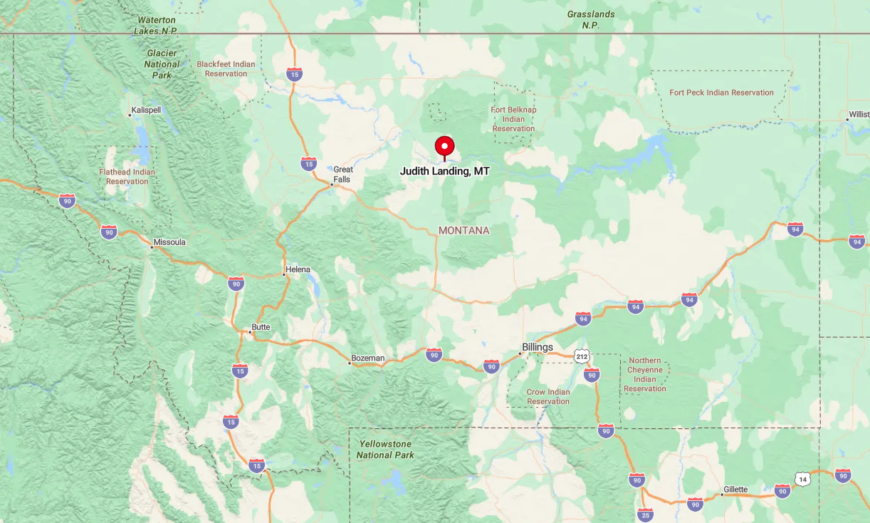
Judith Landing is located in central Montana, approximately 50 miles north of Winifred, accessible primarily via unpaved county roads. Its remote position along the Missouri River makes it one of the most isolated river crossings in the state.
Getting there requires careful planning, as the gravel roads can be rough and services are minimal to non-existent. The seclusion is profound, with the vastness of the Missouri Breaks enveloping the area, making it a perfect escape for those willing to venture off the beaten path.
5. Virgelle: Riverside Seclusion with Historic Charm

Virgelle is a quaint, historic settlement nestled along the Missouri River, offering a unique blend of riverside seclusion and antique charm. With a tiny population and preserved homesteads dating back to the early 1900s, it’s a living snapshot of Montana’s homesteading era.
Visitors can stay at the Virgelle Mercantile Bed & Breakfast, explore antique shops, or embark on canoe trips down the river. The main ‘industry’ is tourism centered on history and outdoor recreation, highlighting the area’s rustic heritage.
Virgelle’s seclusion is enhanced by its limited accessibility and the timeless feel of its historic buildings. The combination of river views and vintage architecture creates a serene environment that captivates those seeking a step back in time.
Where is Virgelle?
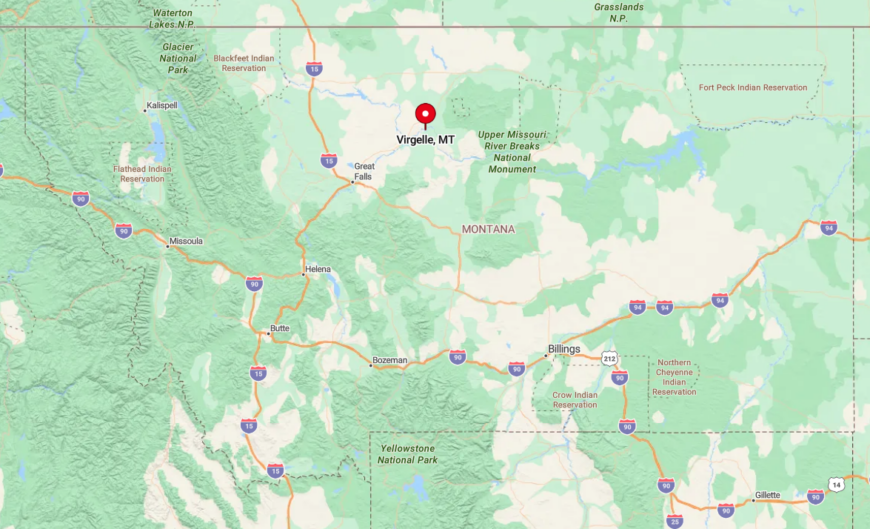
Located in north-central Montana, Virgelle sits about 14 miles southwest of Big Sandy, accessible by gravel roads and the seasonal Virgelle Ferry crossing the Missouri River. Its remote riverside location contributes to its secluded nature, as it’s surrounded by open prairie and far from major highways.
To reach Virgelle, travelers can take State Highway 236 and follow signs to the ferry, adding to the adventure of getting there. The remoteness and unique access via ferry make Virgelle a hidden gem along the Missouri Breaks.
4. Landusky: Historic Hideaway
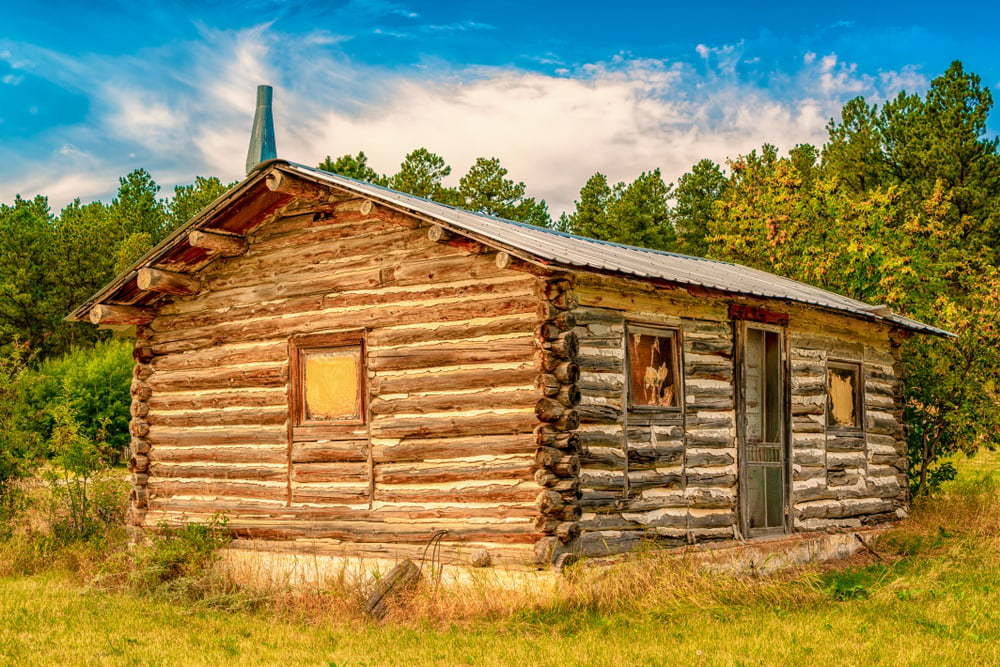
Nestled within the rugged Little Rocky Mountains, Landusky is a tiny, historic community that offers a secluded retreat steeped in Montana’s mining heritage. With a population that barely reaches double digits, it’s a place where the echoes of the gold rush era linger in the quiet streets and old mining structures.
Outdoor enthusiasts can explore hiking trails, observe wildlife, and delve into the history of the area’s past mining operations. The lack of modern industry keeps Landusky’s natural beauty unspoiled, providing a tranquil environment for reflection and exploration.
Its seclusion is rooted in both its geographic isolation and the surrounding mountainous terrain, making it an ideal hideaway for those seeking peace and a connection to Montana’s storied past.
Where is Landusky?
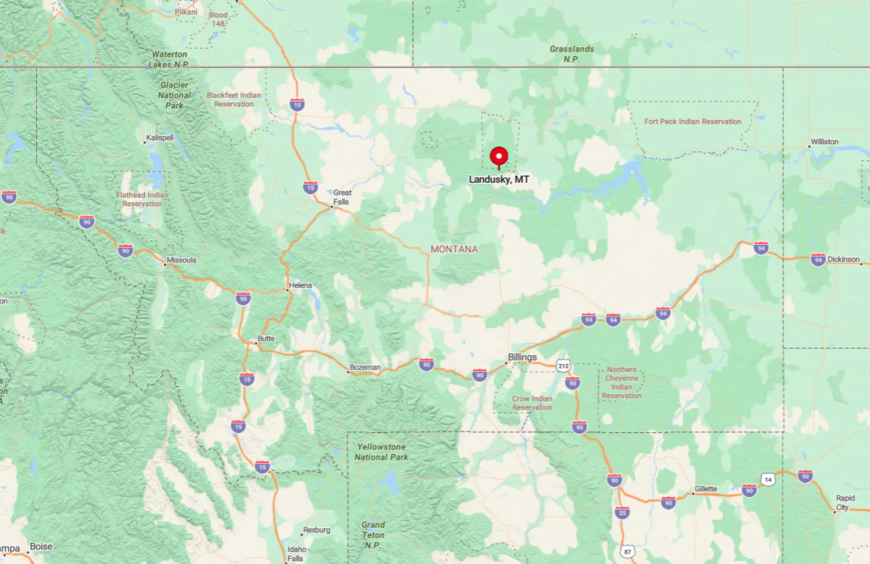
Landusky is located in north-central Montana, on the southern edge of the Fort Belknap Indian Reservation, approximately 45 miles south of Malta. The community is nestled within the Little Rocky Mountains, accessible via State Highway 66 and a series of secondary roads.
Its secluded position amidst rugged landscapes makes it feel worlds away from bustling towns or cities. Getting there involves traversing winding roads through mountainous terrain, contributing to the sense of adventure and isolation that defines Landusky.
3. Zortman: Seclusion in the Little Rocky Mountains
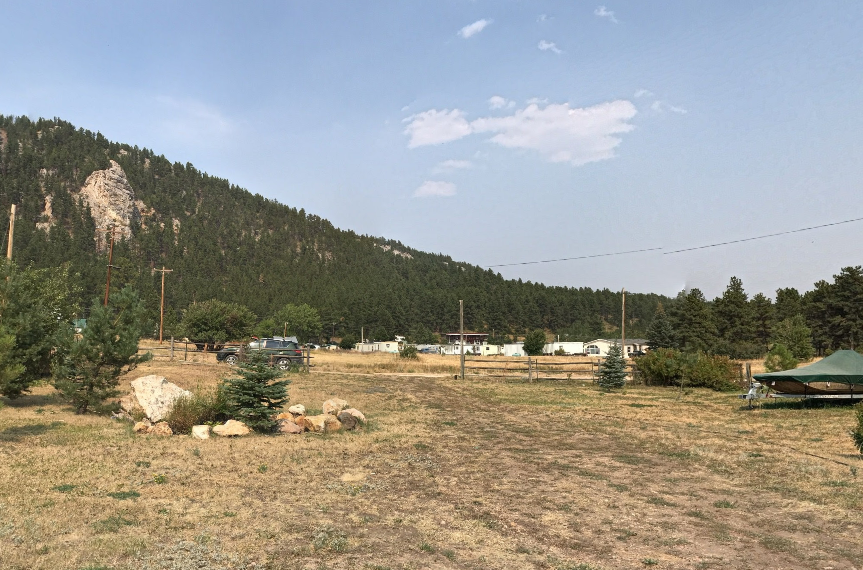
Hidden deep within the Little Rocky Mountains, Zortman is a secluded mining town with a population of about 70 residents. Known for its rich gold mining history, Zortman now serves as a peaceful retreat where visitors can enjoy the serene mountain scenery.
Activities include hiking, camping, and panning for gold in the nearby creeks. The primary industries have shifted from mining to tourism and small-scale artisan crafts, preserving the town’s heritage while embracing a slower pace of life.
Zortman’s seclusion is heightened by the rugged terrain that surrounds it, providing a natural barrier from the outside world. This tucked-away position makes it a perfect destination for those looking to disconnect and immerse themselves in Montana’s natural beauty.
Where is Zortman?
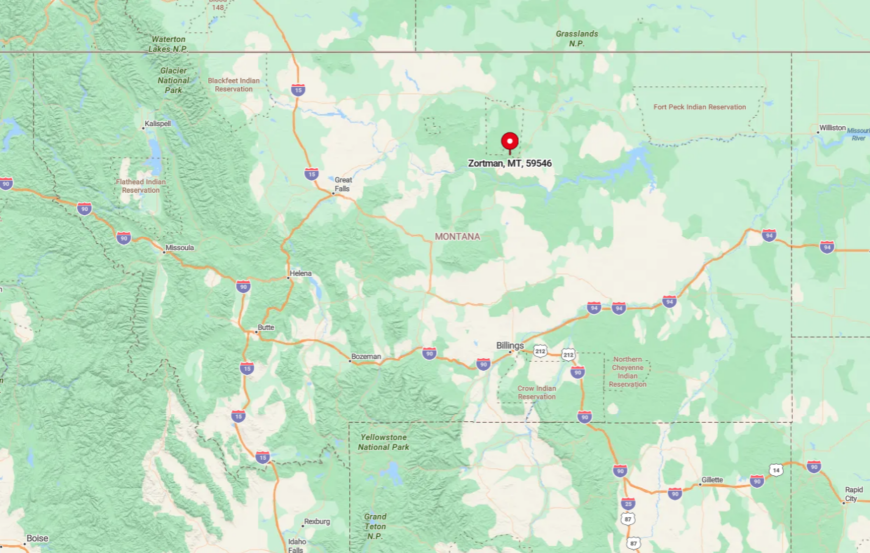
Zortman is located in north-central Montana, approximately 50 miles south of Malta, along State Highway 191 and Indian Route 8. Its remote location within the Little Rocky Mountains contributes to its isolated charm.
Accessing Zortman requires navigating mountain roads that wind through scenic landscapes, adding to the adventure of getting there. The town’s distance from major highways and urban centers ensures a tranquil environment, offering a genuine escape from the hustle and bustle of everyday life.
2. Roy: Quiet Prairie Outpost

Perched amid the rolling plains of central Montana, the small town of Roy is a quiet prairie outpost with roughly 110 residents. This tranquil community offers a glimpse into the simplicity of rural life, where the vast sky meets open land in every direction.
Visitors can engage in hunting, bird watching, and exploring the nearby Missouri Breaks, embracing the natural beauty of the area. The main industries include farming, ranching, and support services for the local community.
Roy’s remoteness is a defining characteristic, with miles of prairie separating it from the nearest larger towns. This sparsely populated setting provides a serene atmosphere, free from urban distractions and steeped in the charm of the American West.
Where is Roy?
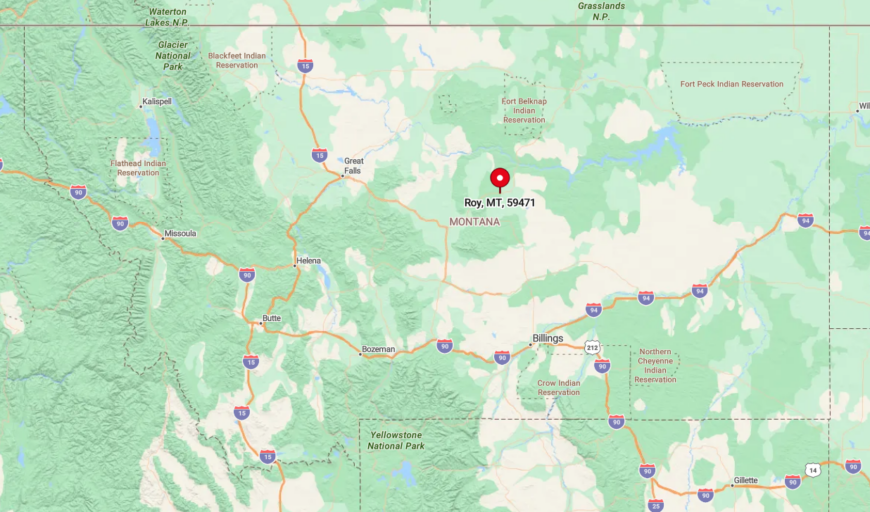
Roy is located in central Montana, about 35 miles northeast of Lewistown along U.S. Highway 191. Its isolated position on the prairie makes it a peaceful destination for those seeking solitude.
Getting to Roy involves a scenic drive through expansive grasslands that underline the town’s seclusion. The journey itself is part of the experience, as travelers can appreciate the openness and quiet that define this part of Montana.
1. Winifred: Hidden Gateway to the Missouri Breaks
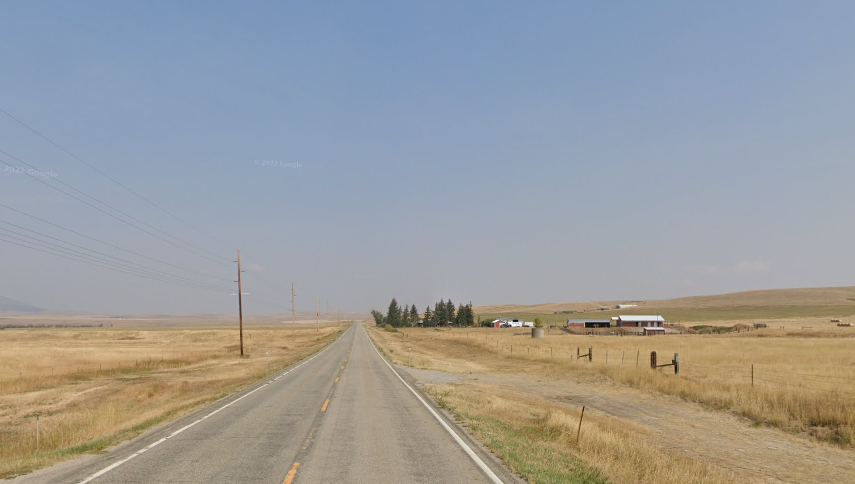
As the hidden gateway to the Missouri Breaks, Winifred is a secluded town of approximately 200 residents, surrounded by the vast prairies of central Montana. It’s the perfect spot for solitary exploration, offering easy access to the breathtaking landscapes of the Upper Missouri River Breaks National Monument.
Visitors can enjoy outdoor adventures like hiking, hunting, and fishing, or delve into local history at the Winifred Museum, which houses an impressive arrowhead collection. Agriculture and ranching are the main industries, sustaining the town’s economy and rural lifestyle.
Winifred’s seclusion stems from its distance from major roadways and cities, nestled deep within the rolling plains where the prairie meets the river breaks. This quiet setting invites travelers to immerse themselves in nature’s grandeur and the tranquility of open spaces.
Where is Winifred?
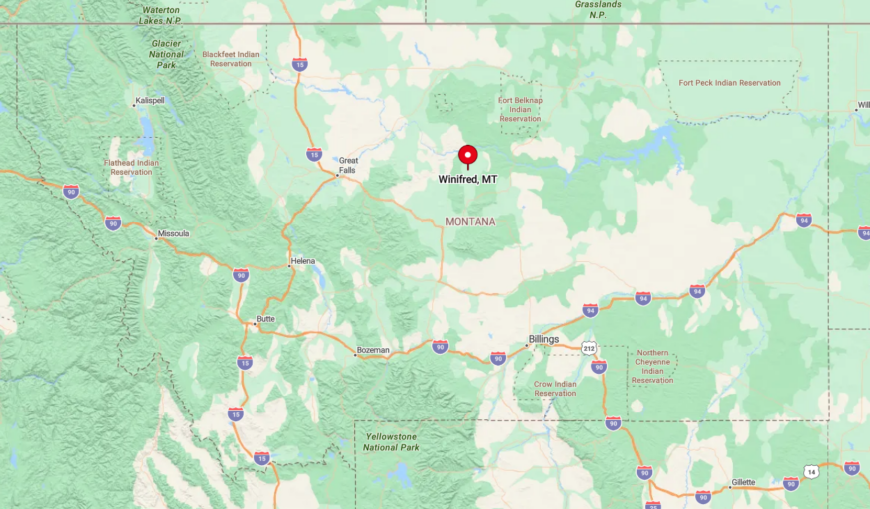
Winifred is located in central Montana, about 40 miles north of Lewistown, accessible via State Highway 236. Its remote position on the edge of the Missouri Breaks emphasizes its role as a gateway to this rugged region.
Getting there involves a scenic drive through expansive farmland and prairie, with the landscape gradually unfolding into the dramatic river breaks. The town’s isolation provides an ideal starting point for exploring the untouched beauty of the Missouri River and the surrounding wilderness.






